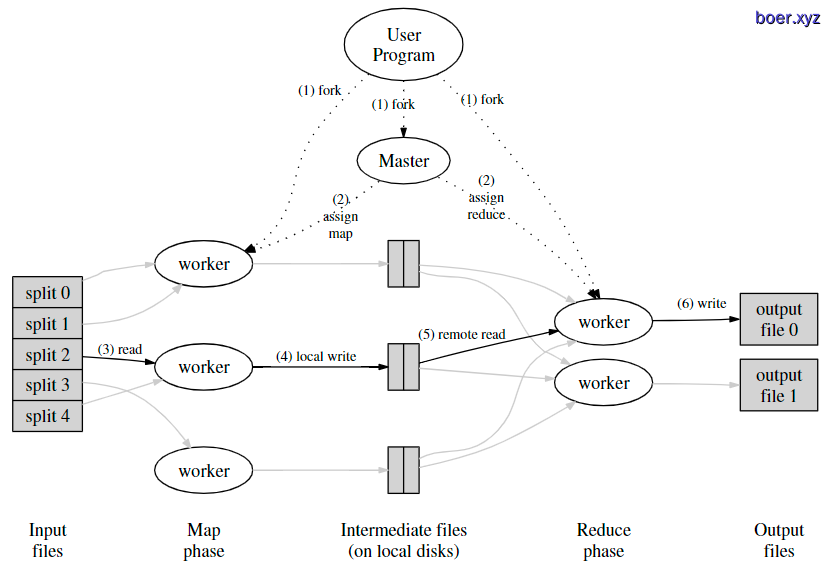Golang - 对比Python高阶函数之MapReduce
如果你读过Google的那篇大名鼎鼎的论文“MapReduce: Simplified Data Processing on Large Clusters”,你就能大概明白map/reduce的概念。

Map
1 | |
VS
1 | |
Reduce
1 | |
VS
1 | |
Ref
Golang - 对比Python高阶函数之MapReduce
https://www.boer.xyz/2017/08/30/golang-func-mapreduce/